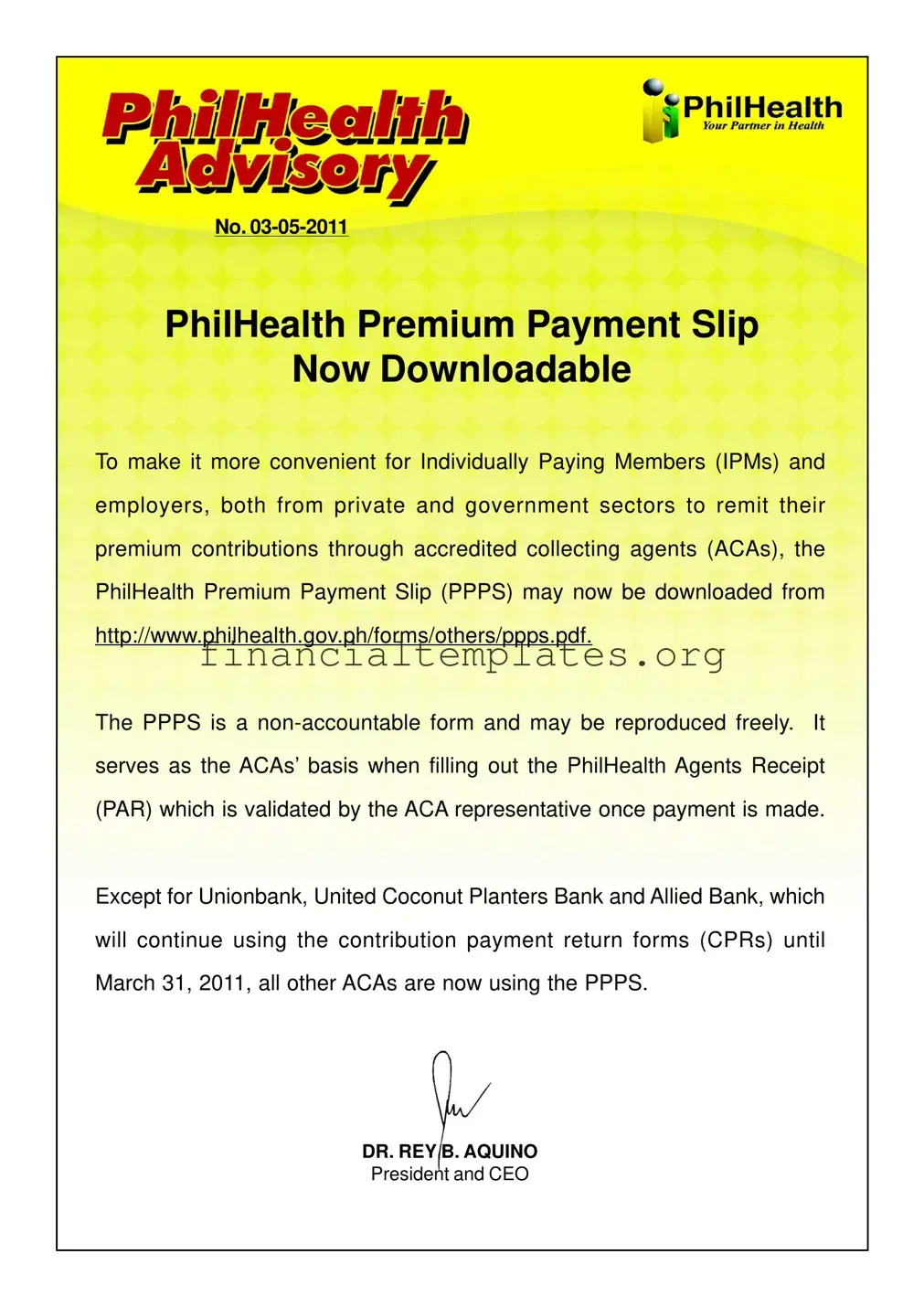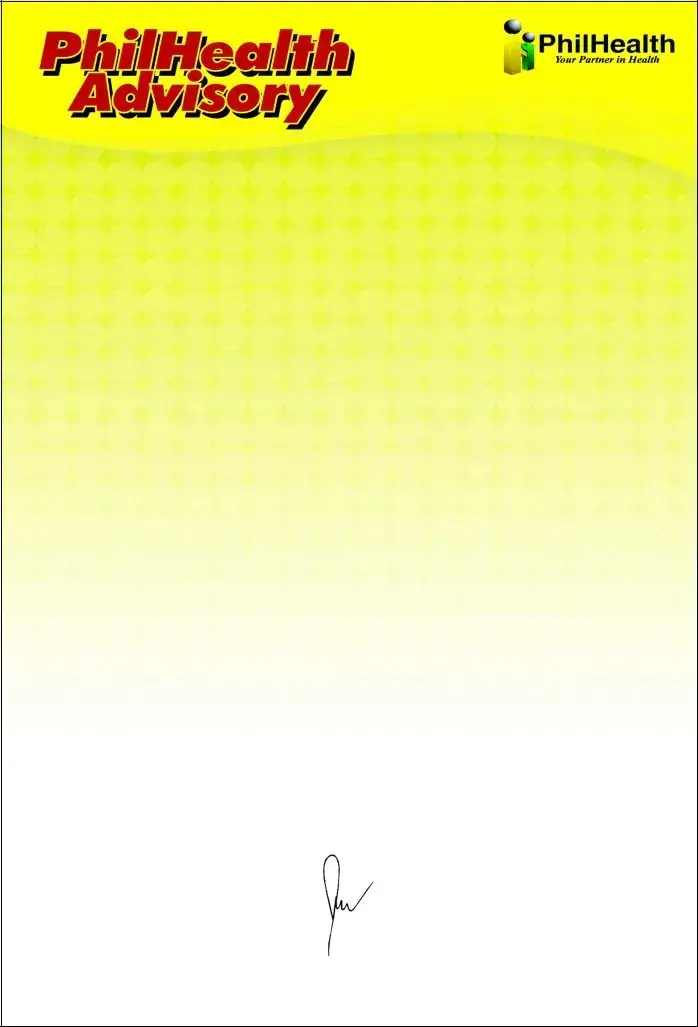The IRS 1040 Form, used by citizens and residents of the United States for filing annual income tax returns, bears a resemblance to the PhilHealth Premium Payment Slip form. Both forms are instrumental in ensuring the timely and accurate remittance of mandatory contributions – the former dealing with taxes and the latter with health insurance premiums. While the IRS 1040 pertains to tax obligations, the PhilHealth form focuses on health coverage contributions, yet both serve as crucial documents for compliance with respective national requirements.
Social Security Payment Voucher (SSA-8100), similar to the PPPS, facilitates the process of making contributions, but in this case, towards social security. This voucher is a bridge for the payment of social security benefits and ensures the contributions are up to date, mirroring the role of the PPPS in maintaining health insurance contributions for Filipinos. Both documents are geared towards safeguarding the future: one targeting health care, and the other, social security benefits.
The Employment Development Department (EDD) Deposit Coupon, used in the state of California, shares similarities with the PPPS in terms of function. This coupon is critical for employers to remit state payroll taxes. Like the PPPS, it provides a structured method for the remittance of essential payments - one for health insurance premiums and the other for state unemployment insurance, disability insurance, and paid family leave premiums. Both forms play a pivotal role in ensuring the welfare of citizens, either through health services or employment-related benefits.
Health Savings Account (HSA) Contribution Form is another document that is paralleled with the PhilHealth Premium Payment Slip in its essence. An HSA contribution form is used by individuals to make contributions to their health savings accounts, which can be used for medical expenses. Both the HSA form and the PPPS facilitate payments towards health-related expenses, albeit in different manners – with one focusing on individual savings for future medical costs and the other on immediate health insurance coverage.
Lastly, the Premium Remittance Form (PRF) used by private insurance companies for the collection of premiums from policyholders shares its purpose with the PPPS. Both forms are designed to collect payments – the PRF for insurance policies ranging from life to property insurance and the PPPS for health insurance contributions. Each document ensures that the payers are up-to-date on their payments, maintaining their coverage and benefits without interruption. While the specifics of the coverage differ, the underlying principle of securing financial protection through timely payments remains the same.

